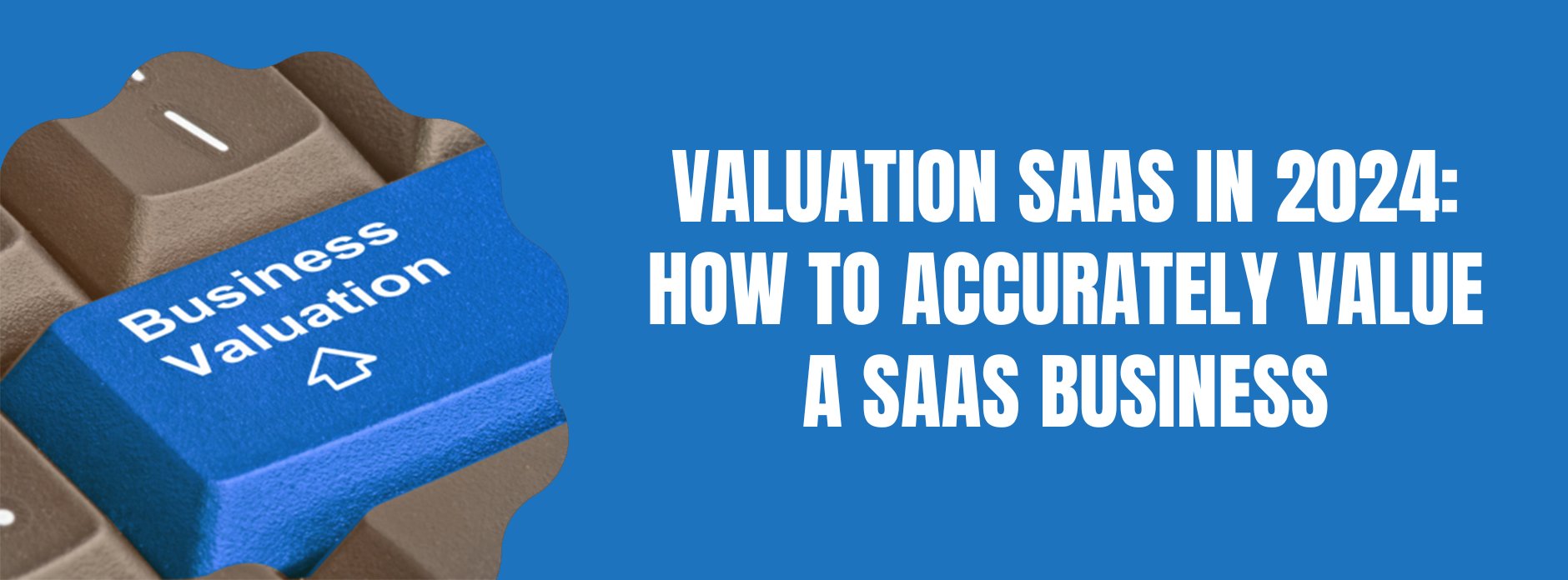As a B2B SaaS company founder, your business’s health and growth trajectory is of utmost significance. Gaining a deep understanding of the key metrics that drive your business can offer a lucid snapshot of your current performance and future potential. This comprehensive guide will explore a broad spectrum of metrics, elucidating what they are and how to calculate them. It will empower you to present a thorough performance overview to investors and stakeholders and make you able to compare your SaaS company to other companies by having solid SaaS metric benchmarks.
Before we plunge into the exhaustive list, let’s underscore the top three indispensable metrics that every B2B founder should always have at their fingertips for their business:
- Customer Acquisition Cost (CAC): This metric reveals the cost of acquiring a new customer. Regularly monitoring CAC ensures that your marketing and sales initiatives are cost-effective.
- Lifetime Value (LTV): LTV offers insights into the total revenue a customer generates over their lifetime. Comprehending this metric allows you to pinpoint your most valuable customers and strategize how to augment this value.
- Monthly Recurring Revenue (MRR): MRR is a gauge of your predictable revenue stream. It’s a vital metric for any subscription-based business model, as it provides a clear depiction of financial health and growth potential.
Now, let’s dive into the comprehensive list of metrics that can offer valuable insights into your business’s performance.
Key Customer-Related Metrics
- Customer Acquisition Cost (CAC): This is the cost of acquiring a new customer. It’s calculated by dividing the total cost of sales and marketing by the number of new customers acquired in a specific period.
- Lifetime Value (LTV): LTV measures a customer’s total revenue over their lifetime. It’s calculated by multiplying the average revenue per account (ARPA) by the average customer lifespan.
- Monthly Recurring Revenue (MRR): MRR is the total revenue from recurring subscriptions in a given month. It’s calculated by multiplying the number of paying customers by the average monthly revenue per customer.
- Net Promoter Score (NPS): NPS measures customer satisfaction and loyalty. It’s calculated based on customer responses to a single question: “How likely are you to recommend our company/product/service to a friend or colleague?”
- Churn Rate: This is the percentage of customers that cancel their subscriptions in a given month. It’s calculated by dividing the number of customers who churned by the total number of customers at the start of the period.
- Retention Rate: This measures the percentage of customers that remain subscribed over a given period. It’s calculated by subtracting the churn rate from 1 (or 100%).
Key Financial Metrics
- Annual Recurring Revenue (ARR): ARR is the total revenue from recurring subscriptions in a year. It’s calculated by multiplying MRR by 12.
- Gross Margin: This is the total revenue minus the cost of goods sold (COGS), divided by the total revenue. It’s expressed as a percentage and shows the profitability of your product or service.
- Marketing Return on Investment (ROI): ROI measures the effectiveness of your marketing efforts. It’s calculated by subtracting the cost of marketing from the revenue it generated, then dividing it by the cost of marketing.
Additional SaaS Metrics
- Customer Acquisition Rate (CAR): This measures the rate at which new customers are acquired. It’s calculated by dividing the number of new customers by the total number of potential customers.
- Expansion Revenue: This is the additional revenue from existing customers through upselling or cross-selling. It’s calculated by subtracting the MRR at the beginning of the period from the MRR at the end of the period.
- Sales Efficiency: This is the ratio of the gross profit to sales and marketing expenses. It measures how efficiently a company can generate new sales.
- Sales Cycle Length: This is the average amount of time it takes for a lead to become a customer. It’s calculated by averaging the length of time from initial contact to closing for all sales in a period.
- Sales Win Rate: This is the percentage of opportunities that result in a sale. It’s calculated by dividing the number of won sales by the total number of opportunities.
- Monthly Active Users (MAUs): This is the number of unique users who engage with your product within a month.
- Daily Active Users (DAUs): This is the number of unique users who engage with your product within a day.
- Monthly Unique Visitors (MUV): This is the number of unique visitors to your website in a month.
- Monthly Page Views (MPV): This is the total number of pages viewed on your website in a month.
- Bounce Rate: This is the percentage of visitors who navigate away from your website after viewing only one page. It’s calculated by dividing the number of single-page visits by the total number of visits.
- Conversion Rate: This is the percentage of visitors who take a desired action on your website. It’s calculated by dividing the number of conversions by the total number of visitors.
- Average Order Value (AOV): This is the average amount spent each time a customer places an order. It’s calculated by dividing total revenue by the number of orders.
- Gross Merchandise Volume (GMV): This is the total value of merchandise sold over a period. It’s calculated by multiplying the number of goods sold by the price of the goods.
- Referral Rate: This is the percentage of customers who were referred by other customers. It’s calculated by dividing the number of referred customers by the total number of customers.
- Viral Coefficient: This measures the number of new customers that each existing customer is able to successfully refer. It’s calculated by multiplying the referral rate by the conversion rate.
- Time to Value (TTV): This is the time it takes a customer to realize the value from your product. It’s calculated by tracking the time from sign-up to the first moment of value realization.
- Time to First Value (TTFV): This is the time it takes a customer to get value from your product for the first time. It’s calculated by tracking the time from sign-up to the first moment of value realization.
- Time to First Reply (TTFR): This is the average time it takes for your team to respond to a customer inquiry. It’s calculated by averaging the time from customer inquiry to first response.
- Time to First Resolution (TTFRes): This is the average time it takes for your team to resolve a customer issue. It’s calculated by averaging the time from customer inquiry to resolution.
- Ticket Volume: This is the number of customer support tickets your team receives. It’s tracked by counting the number of tickets.
- First Response Time (FRT): This is the average time it takes for your team to respond to a customer inquiry. It’s calculated by averaging the time from customer inquiry to first response.
- Resolution Time: This is the average time it takes for your team to resolve a customer issue. It’s calculated by averaging the time from customer inquiry to resolution.
- **Gross Bookings:**This is the total value of all bookings before cancellations and refunds. It’s calculated by adding up the value of all bookings.
- Net Bookings: This is the total value of all bookings after cancellations and refunds. It’s calculated by subtracting cancellations and refunds from gross bookings.
- Monthly Recurring Profit (MRP): This is the total profit from recurring subscriptions in a given month. It’s calculated by subtracting the cost of goods sold (COGS) and operating expenses from MRR.
- Operating Margin: This is the percentage of profit from operations. It’s calculated by dividing operating profit by total revenue.
- Operating Expenses: These are the costs associated with running your business, excluding the cost of goods sold (COGS). It’s calculated by adding up all operating expenses.
- Employee Headcount: This is the total number of employees in your company. It’s tracked by counting the number of employees.
- Customer Headcount: This is the total number of customers your company serves. It’s tracked by counting the number of customers.
- Revenue per Employee (RPE): This is the average revenue generated per employee. It’s calculated by dividing total revenue by the number of employees.
- Revenue per Customer (RPC): This is the average revenue generated per customer. It’s calculated by dividing total revenue by the number of customers.
- Customer Satisfaction (CSAT): This is a measure of how products and services supplied by your company meet or surpass customer expectations. It’s calculated based on customer responses to a satisfaction survey.
Remember, the key metrics most important for your business will depend on your specific business model and goals. Therefore, it’s crucial to pick the metrics that align with your business objectives and track them regularly to make data-driven decisions. Having clear B2B SaaS benchmarks available for you as a founder to make the right decisions quickly is vital.
As a B2B SaaS Growth Agency, we can help you understand these metrics, optimize your sales processes, and coach you to achieve higher and more sustainable growth. You can gain a competitive edge, improve your business performance, and drive your business toward success by leveraging these metrics.
Free Download: Your Comprehensive Directory of B2B SaaS Investors and Venture Capital Firms (130+).






